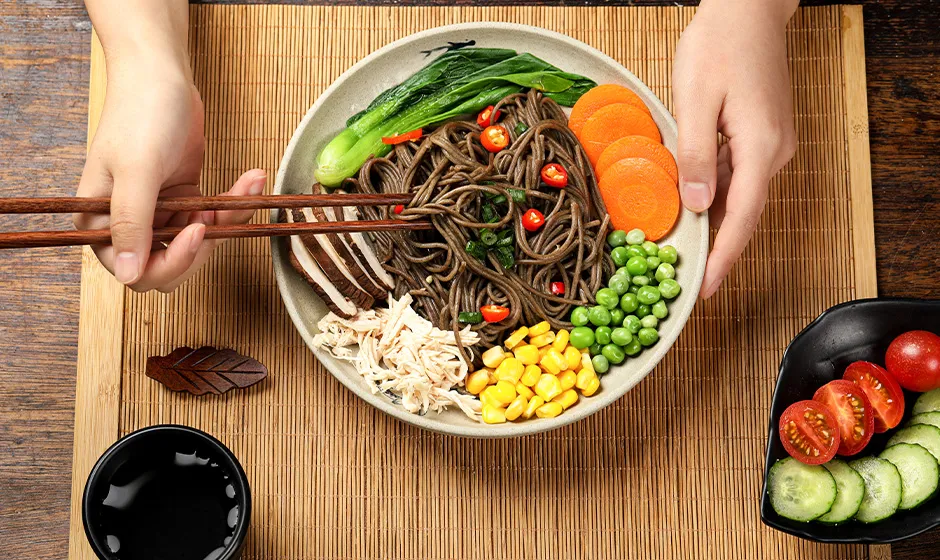Understanding Konjac Noodles Their Benefits and Culinary Uses
Understanding Konjac Noodles What Are They?
Konjac noodles, often referred to as Shirataki noodles, have gained immense popularity in recent years, particularly among health-conscious consumers and those following low-carb or ketogenic diets. But what exactly are these intriguing noodles, and how do they stand out among the myriad of pasta options available today?
Origins and Composition
Konjac noodles are derived from the konjac plant (Amorphophallus konjac), which is native to Asia, particularly in countries like Japan, China, and Indonesia. The key component of konjac is glucomannan, a soluble dietary fiber extracted from the plant’s bulb. This fiber is known for its ability to absorb water and form a gel-like substance, leading to the unique texture characteristic of konjac noodles.
The process of making konjac noodles is relatively straightforward. The konjac flour is mixed with water and calcium hydroxide to create a gel, which is then shaped into noodles. The resulting product is primarily water and fiber, making it exceptionally low in calories—indeed, konjac noodles are often touted as “zero-calorie” or “low-calorie” options, as they contain negligible amounts of carbohydrates and fats.
Texture and Culinary Uses
One of the defining features of konjac noodles is their texture. Unlike traditional pasta made from wheat, konjac noodles possess a chewy, slightly gelatinous consistency, akin to that of rice noodles or gelatinous strips. This unique texture can be a delightful addition to various dishes, as it absorbs flavors from sauces and seasonings effectively.
Konjac noodles are versatile and can be used in a multitude of dishes. They can be stir-fried with vegetables and protein sources, added to soups and broths, or served cold in salads. The neutral flavor allows them to blend seamlessly into many recipes, enhancing nutritional value without overpowering other ingredients.
Health Benefits
konjac noodles what are they

The rise in the popularity of konjac noodles can be attributed to their numerous health benefits
. Being high in glucomannan fiber, they offer several advantages1. Weight Management Due to their low caloric content and high fiber content, konjac noodles can help individuals feel full, making them a popular choice for those looking to manage their weight.
2. Digestive Health The soluble fiber in konjac can promote healthy digestion and help regulate bowel movements. It may also contribute to a feeling of fullness, potentially reducing overall calorie intake.
3. Blood Sugar Regulation Some studies suggest that glucomannan may help lower blood sugar levels, which can be beneficial for those managing diabetes or insulin resistance.
4. Cholesterol Management Regular consumption of soluble fiber like glucomannan has been associated with lower cholesterol levels, contributing to cardiovascular health.
Considerations and Conclusion
While konjac noodles offer myriad health benefits, they may not be suitable for everyone. Some individuals may experience digestive discomfort, particularly if consumed in large quantities, as the body needs time to adjust to an increase in fiber intake. It’s advisable to start with small portions and gradually increase them while drinking plenty of water.
In conclusion, konjac noodles are an innovative and healthy alternative to traditional pasta. Packed with fiber and low in calories, they cater to those looking for nutritious meal options. Their versatility and unique texture make them an exciting ingredient to experiment with in the kitchen. Whether you are vegan, gluten-free, or simply looking to incorporate more fiber into your diet, konjac noodles are certainly worth a try, adding both nutritional value and delightful texture to your meals.
-
Unleash Your Inner Chef with Delectable Italian Pasta CreationsNewsAug.01,2025
-
Savor Health and Flavor: Irresistible Soba Noodles for Sale Await!NewsAug.01,2025
-
Nourish Your Body with Premium Organic Ramen - A Culinary Delight AwaitsNewsAug.01,2025
-
Elevate Your Dishes with Our Exquisite Kinds of Egg NoodlesNewsAug.01,2025
-
Dive into Flavorful Convenience with Our Ramen OfferingsNewsAug.01,2025
-
Discover Exquisite Types of Naengmyeon and Chilled Soba NoodlesNewsAug.01,2025
-
Is Whole Wheat Pasta Healthy?NewsMay.30,2025
Browse qua the following product new the we

















































































































